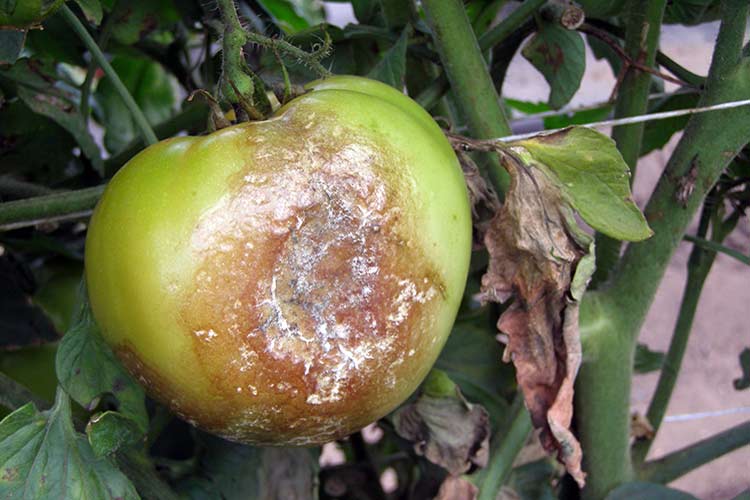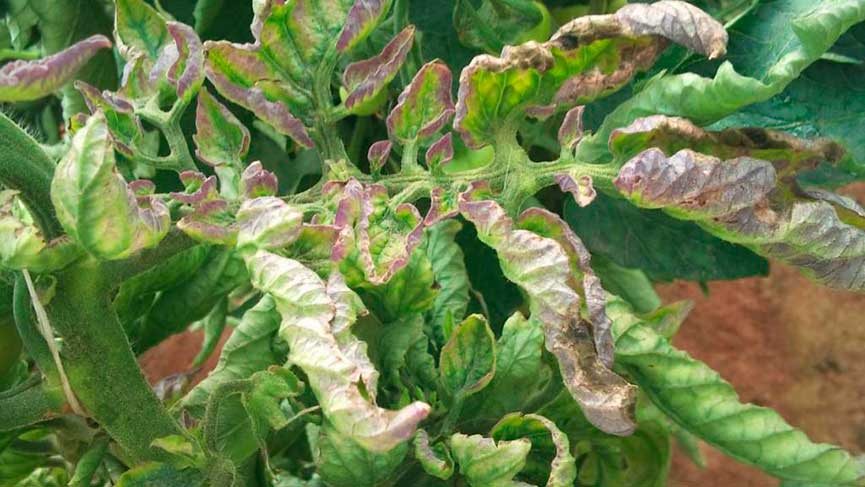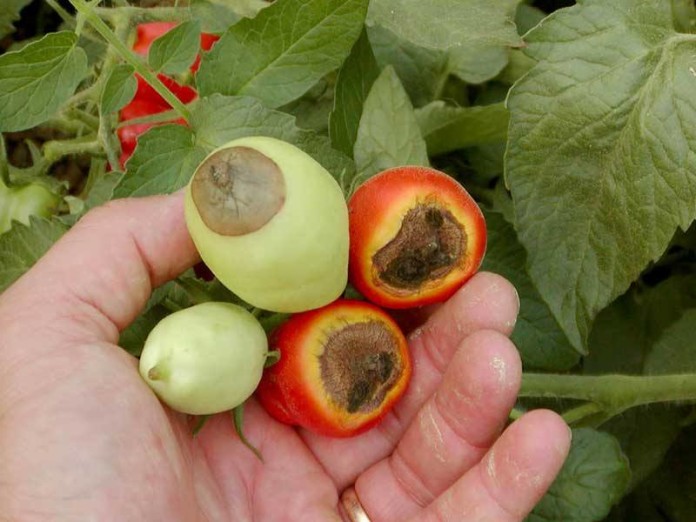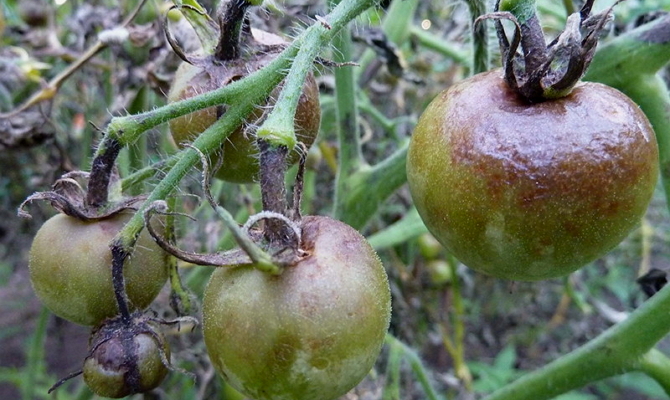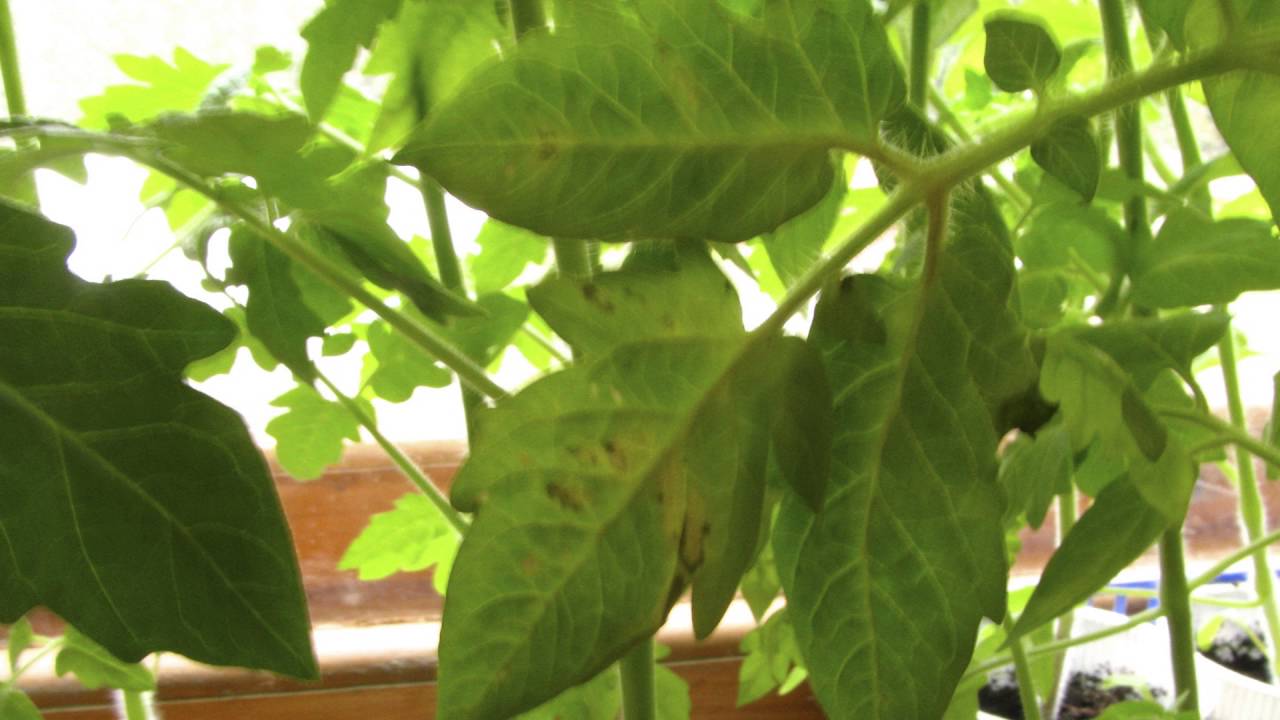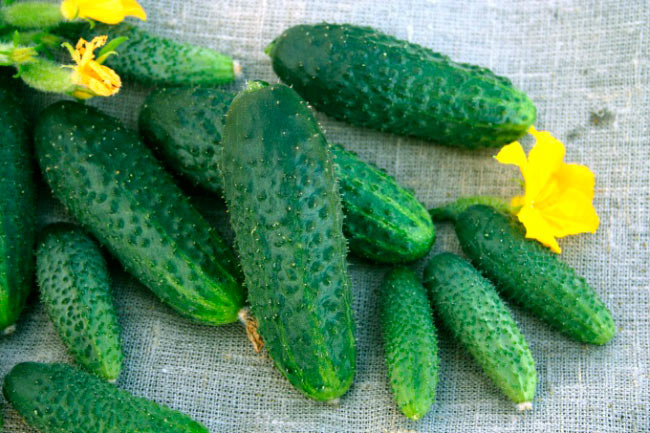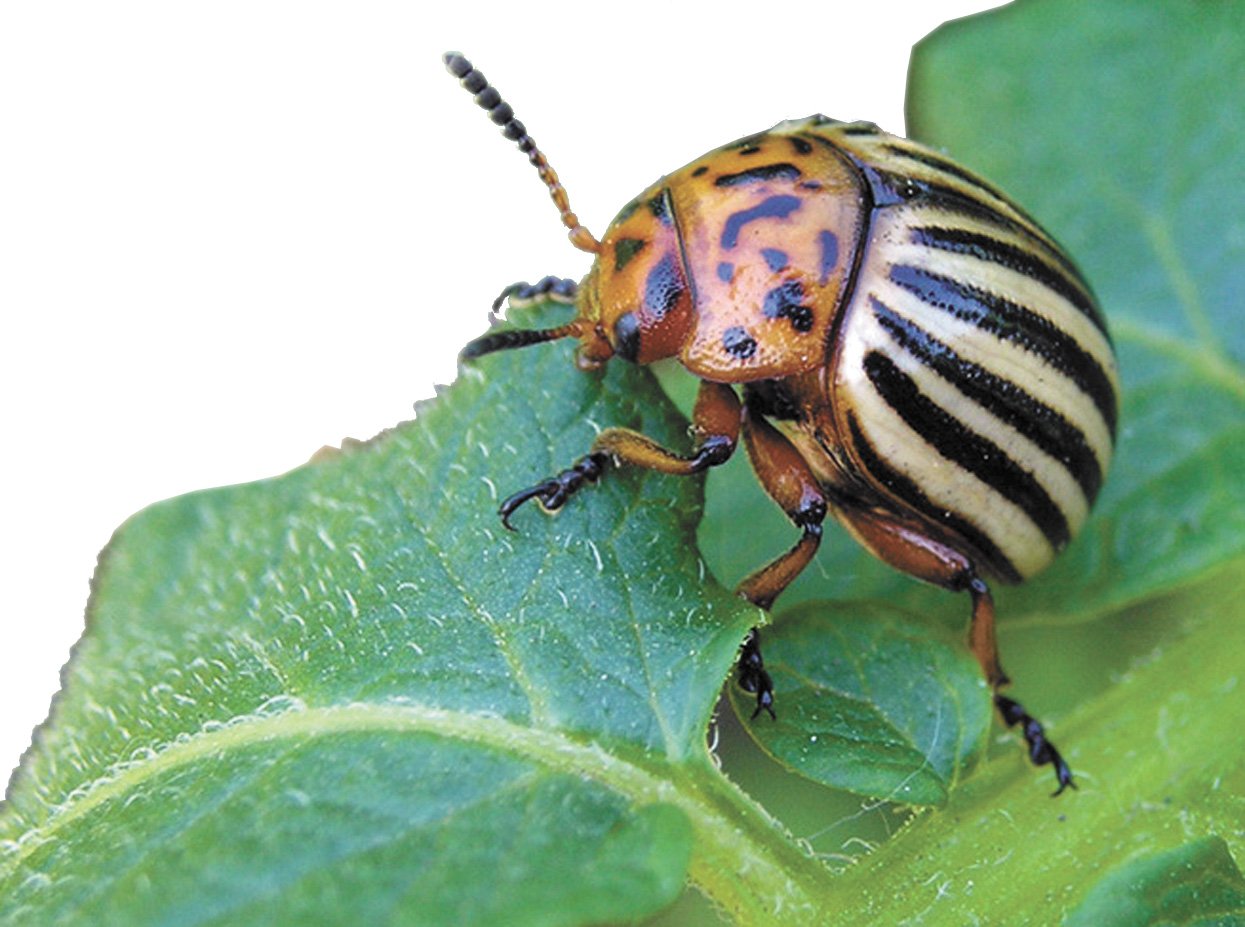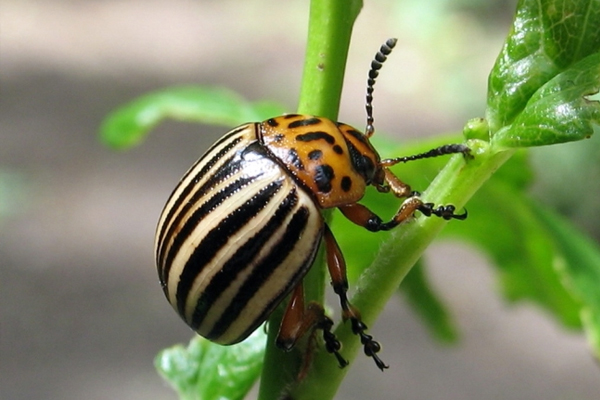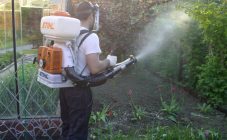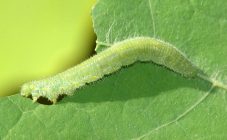Content:
Caring for tomatoes does not require much trouble, apart from the prevention and control of diseases and pests. Infection can occur not only after planting the seedlings in a permanent place, but also during the cultivation of the seedlings themselves at home.
Where to start
Experienced gardeners recommend starting prophylaxis during the preparation of seeds for planting seedlings. At this time, it is necessary to decontaminate the seed. For this, it is recommended to use a weak solution of potassium permanganate. The seeds are placed in it for about 20-30 minutes. Thanks to this, it is possible to prevent the development of various kinds of diseases of vegetable crops on seedlings.
It is important to choose the right area where the seedlings will grow. You cannot stop your choice on an area where eggplants, corn, potatoes or peppers previously grew. Tomatoes and these plants are susceptible to infection with the same fungal and infectious diseases.
The best precursors to tomatoes are onions, carrots, legumes, or spinach. The root system of these plants has the ability to saturate the soil with oxygen, which has a positive effect on the growth of tomatoes.
When digging, it is recommended to mix the soil with ash, humus or chicken droppings. It would be nice to add superphosphate or potassium salt to the soil.
In the spring, the soil is dug up again. Ammonium sulfate can be used as a top dressing.
The time that is chosen for planting tomatoes in open ground is of no small importance. If the soil temperature is below 18 - 22 degrees, it is possible that the seedlings will get sick or disappear altogether.
To prevent infection of seedlings with ailments of vegetable crops, it is necessary to weed the row spacing in the beds in a timely manner. Weeds can infect tomatoes with various diseases or attract pests to them.
You should pay attention to how and with what tomato seedlings are watered. Watering is carried out as the soil dries up.
If the soil near the bush is constantly wet, the root system can get sick with root rot. The possibility of rotting of the plant stem itself is also not excluded.
It is better to choose morning or evening for watering. It is necessary to use only settled warm water.
If these simple rules for caring for tomato seedlings are observed, it will be possible to prevent infection with diseases as much as possible.
How to treat tomato seedlings from diseases at home
Plants are rarely able to resist the development of diseases on their own. To do this, they need the help of gardeners.
Some of the most common tomato diseases include:
Phytophthora
For the development of this disease, the following conditions are necessary:
- a large amount of lime in the soil. Many gardeners prefer to use the liming method in order to achieve the required soil pH;
- too dense planting of seedlings. This prevents airing of the soil, which contributes to the development of fungal diseases. Saplings need to be planted;
- temperature drop that leads to dew loss. This increases the moisture level;
- weak plant immunity.
Phytophthora appears as brown spots on the leaves and stem of the plant. After a short time, they fall off. The disease can also affect the fruit, which then becomes unusable.
How to spray tomato seedlings from late blight? It is recommended to use folk remedies. Among the most common and effective are the following:
- a solution of chopped garlic and potassium permanganate. With this tool, plants can be treated every 2 weeks;
- whey milk, which tomatoes are recommended to be processed daily;
- infusion of rotted straw and hay, with which plants are sprayed 2 times a month;
- a solution of kitchen salt and water. They need to process tomatoes every 30 days.
Of the chemicals, Trichopolum, copper sulfate or Fitosporin can be used for spraying tomatoes (they can be sprayed with fruits immediately before picking them).
Vertex rot
This ailment manifests itself as a watery brown spot that forms on the top of the tomato. It has the ability to spread over the entire surface of the berry in a short time. As a result, the tomato rots completely.
You can also spray the seedlings with calcium chloride (0.3%) or Bordeaux mixture. The treatment of plants with these agents for the prevention of disease gives positive results.
Experienced gardeners recommend treating them with Phytosoprin when selecting tomato seeds. This will help reduce the likelihood of apical rot on the fruit by 30-35%.
It is also possible to prevent the development of this unpleasant ailment of tomatoes by timely harvesting plant residues in the aisles.
Spotting
The disease can affect not only the leaves, but also the stem and fruits. The period in which spotting is especially active lasts from flowering to ripening of berries.
The causative agent of the disease is a pathogenic fungus that can spread over long distances at the slightest gust of wind.
To protect plants from damage, experienced gardeners recommend using these tips:
- after the crop is fully harvested, it is necessary to carefully remove and completely burn the tops;
- if the disease is found on the lower leaves of tomatoes, they must be immediately destroyed and burned.
The sooner the fight against the disease begins, the more likely it is that it will be possible to overcome it.
Fusarium
This disease mainly develops on seedlings that are grown in a greenhouse. It leads to yellowing of the leaves. Then the disease affects the stems and berries. The causative agent of fusarium is activated when the soil is dry or when there is insufficient lighting in the room.
It is better to start fighting the disease in advance, before planting seedlings. Since the pathogenic fungus spreads from the root system of the plant, the soil in which the seedlings are grown needs preliminary disinfection. To do this, you can use copper sulfate, which is abundantly watered the soil.
It is necessary to cleanse the spores of the Fusarium fungus not only the ground, but also the entire greenhouse. This can be done by carefully treating all its parts with hydrogen peroxide or, thus, copper sulfate.
Mosaic
It is distributed both on seedlings, which are grown in greenhouses, and in the open field. When it is affected, the leaves on tomatoes change their color and shape. Yellowish spots appear on the leaf blades.
Treatment of tomato seedlings from diseases is not the only way to deal with mosaics. Gardeners also recommend carrying out a preventive procedure - pinching. Removing the lateral pagons will reduce the probability of mosaic development by approximately 50-55%.
When the first symptoms of the disease are detected, the plant must be immediately removed from the garden or greenhouses and burned.
As a preventive measure, seedlings can be watered with a weak solution of potassium permanganate.
It is not recommended to spray seedlings with plain water, this can provoke not only yellowing of the leaves or stem, but also the development of putrefactive or infectious diseases.
Prevention and measures for the timely fight against tomato diseases are a guarantee of a high yield!
